In today’s competitive cross-border eCommerce landscape, advertising is one of the most effective ways to grow your Shopify store. But many sellers face common challenges—low conversion rates, scattered data, and time-consuming campaign setup. The good news? With the right strategy, you can streamline your efforts and see real results. Here’s how to optimize your ads and drive better performance.
1. Define Clear Advertising Goals
Before launching any campaign, set clear goals. Are you aiming to build brand awareness, drive traffic to your site, or increase direct sales? Each objective calls for a different ad strategy.
For example, if your goal is brand visibility, social platforms like Facebook or Instagram can help you reach a wider audience. But if your focus is on boosting sales, you’ll want to target users who are more likely to convert—such as those searching for your products or showing buying intent.
2. Choose the Right Advertising Channels
Selecting the right platform is critical to campaign success. The most common ad channels for Shopify sellers include:
-
Meta (Facebook & Instagram): Great for targeted campaigns based on user interests, behavior, and location. Ideal for visual storytelling and broad audience reach.
-
Google Ads: Perfect for capturing intent-driven traffic. With well-optimized keywords, your store can appear when shoppers are actively searching for your products.
-
TikTok: A strong option for brands targeting younger audiences. Creative, viral-style ads on TikTok can quickly generate buzz and drive traffic.
Each platform has its own strengths—choose based on your product type, audience, and campaign goals.
3. Set Smart Budgets and Bidding Strategies
Start with a modest budget to test performance, then scale up as you gather insights. Avoid spending too much too soon without understanding what works.
Also, be familiar with each platform’s pricing model. Most, like Meta and Google, use auction-based bidding. Higher bids can improve ad visibility—but may reduce your ROI if not managed carefully. Monitor performance closely and adjust bids based on your goals and outcomes.
4. Use Precise Audience Targeting
Accurate targeting improves both efficiency and conversion rates. Key targeting dimensions include:
-
Location: Focus on countries or regions where you have strong market potential. Consider local competition, culture, and buying habits.
-
Interests and Behaviors: Use audience data to find people most likely to engage with your product—based on hobbies, shopping habits, or browsing history.
-
Timing: Run ads during peak user activity periods. This may require higher bids, but it often results in better performance.
5. Optimize Ad Creatives
Your ad creative is what captures attention and drives clicks. High-quality visuals and messaging can significantly improve your results. Focus on:
-
Clear Product Value: Highlight your product’s unique features, benefits, and key selling points.
-
Creative Presentation: Avoid generic designs. Use original, engaging formats tailored to the platform and your audience.
-
A/B Testing: Test different versions of creatives to see what performs best. Then, refine based on data—whether it’s changing visuals, copy, or call-to-action.
6. Leverage Data for Ongoing Optimization
Real-time data is your best tool for improving ad performance. Track key metrics like impressions, CTR, conversion rates, and ROAS.
-
If CTR is low, consider adjusting your creative or audience targeting.
-
If conversions are poor, check whether your landing page matches ad messaging or whether user experience issues are causing drop-off.
Tools like AdsPolar can help simplify this process by consolidating data across platforms, offering visual dashboards, and identifying areas for improvement faster.

7. Monitor and Iterate Constantly
Ad optimization is never “set and forget.” Continuously monitor results and make incremental adjustments:
-
Cut back on underperforming ads or refine targeting.
-
Increase budget for high-performing campaigns to scale results.
-
Adapt quickly to market changes or platform updates.
Final Thoughts
By applying these ad optimization strategies, you can drive more traffic and increase conversions on your Shopify store. Remember, successful advertising is a continuous cycle of testing, learning, and refining. With the right tools and a data-driven mindset, you’ll be well on your way to better performance and stronger sales.